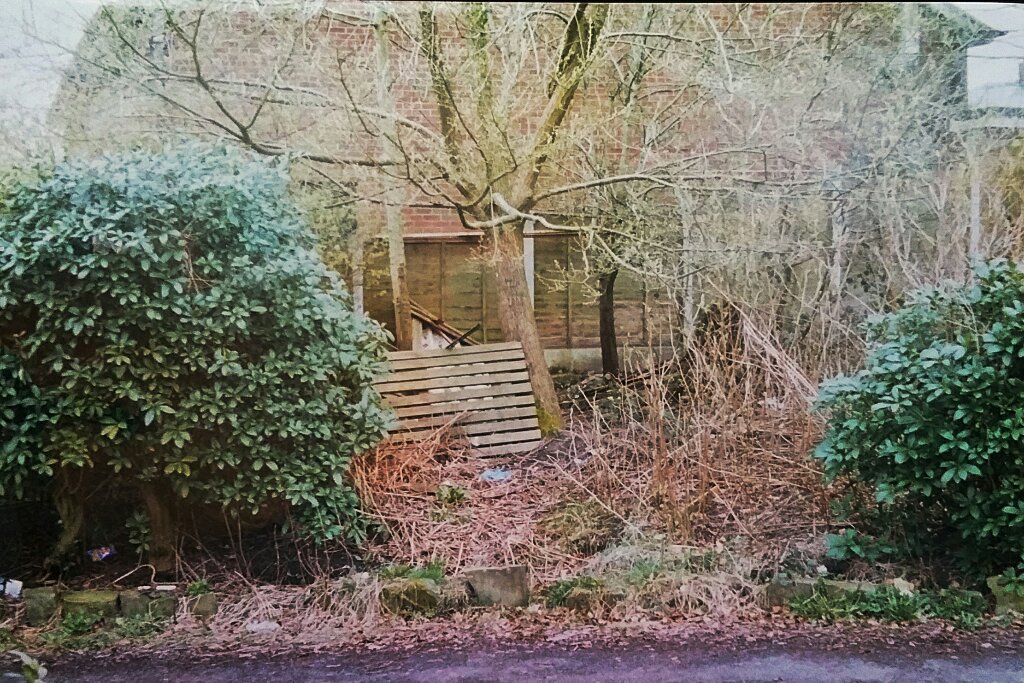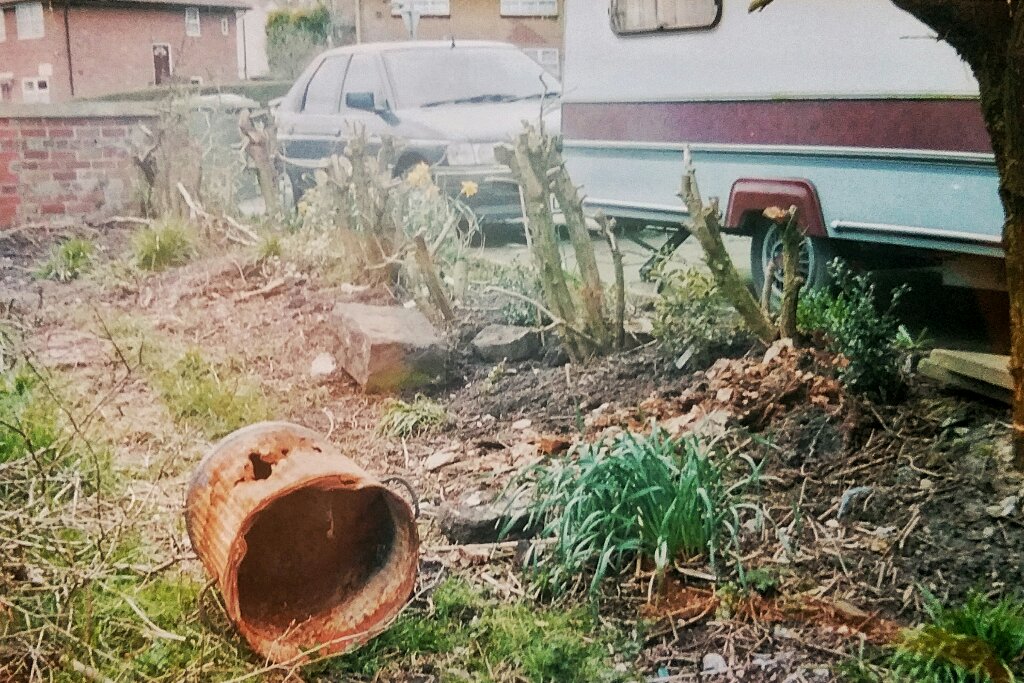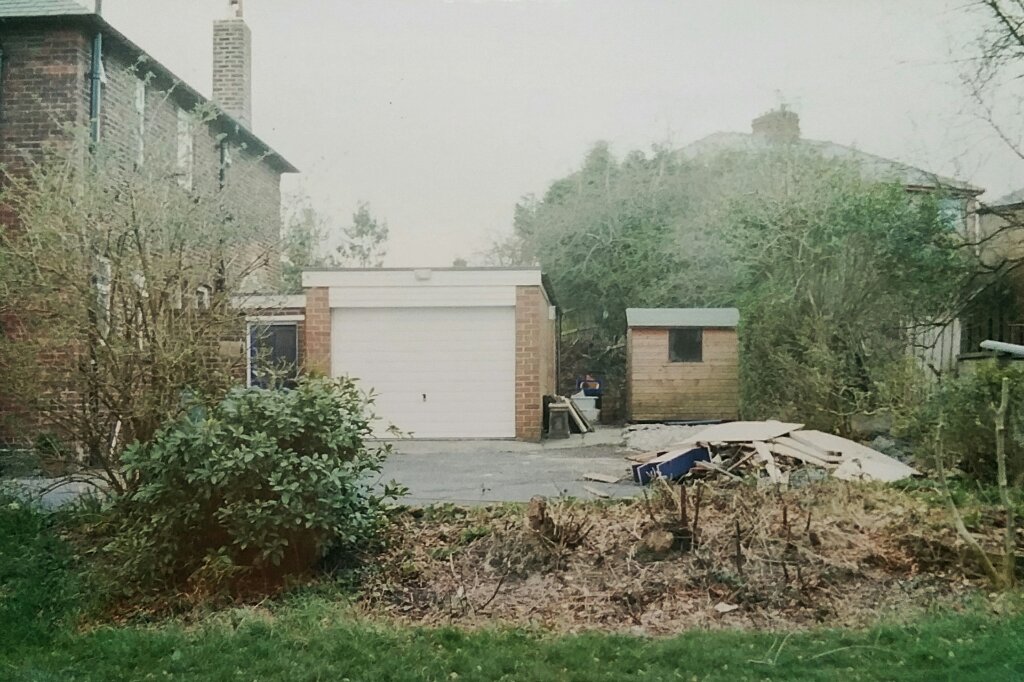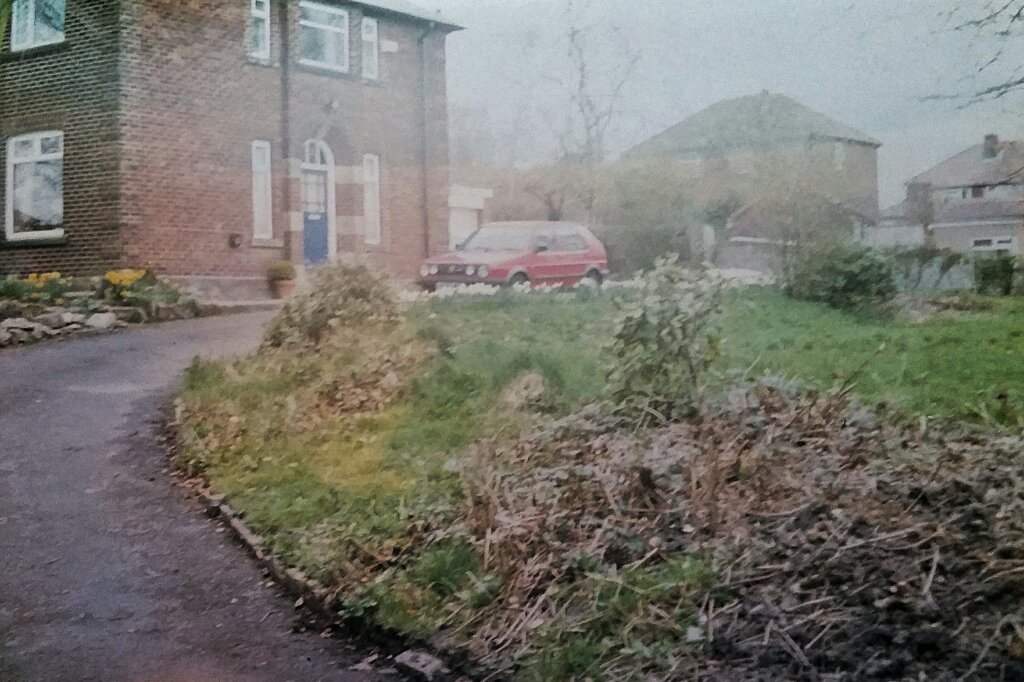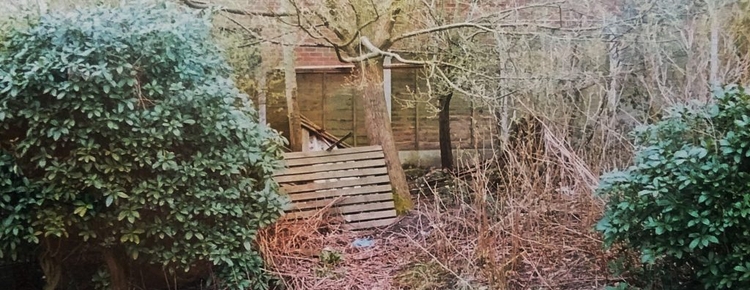This is Vicar Anne’s nineteenth year at St. Oswald’s Church, meaning that she has become the church’s longest serving priest, passing the Rev. Massiah who previously held the record in the 1930s with 17 years.
Anne has introduced many changes over this time, not least changes to the Vicarage garden for which, as a keen gardener, she has had a particular vision. This is the first of a little series of posts about how the Vicarage garden has been transformed since she arrived.
Gardens are important to Christians and the Church. They are one of the wonderful gifts God has bestowed on humanity. They form the background to some of he great events of the faith. In particular, Jesus Christ prayed in the Garden of Gethsemane at Jerusalem and was arrested there prior to his Crucifixion. The Garden of Gethsemane still survives and is a very special place for pilgrims.
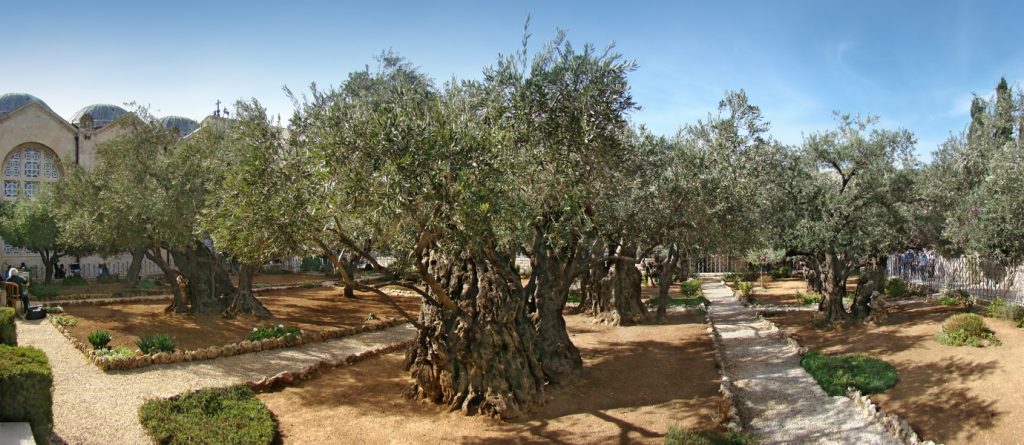
Jesus was buried in a tomb set in a garden and when he rose from the dead and appeared to Mary Magdalene, the disciple first thought that he was the gardener. The tomb and garden traditionally form part of the Church of the Holy Sepulchre but nearby is the Garden Tomb which some Christians believe may have been the actual tomb. Whether this is the case of not, the appearance of the tomb and garden are very like that described in St. John’s Gospel.
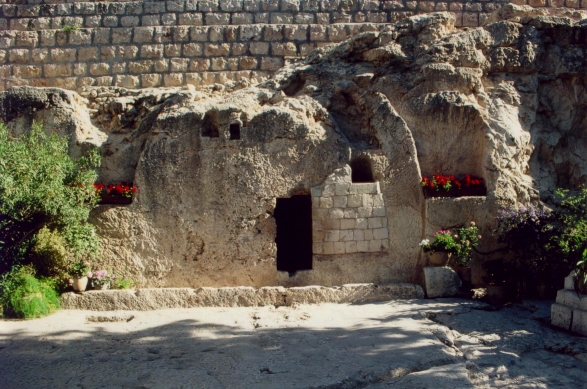
When Anne, David and their children, Anna and Joe first arrived, the Vicarage garden was a very different place. It was semi-wild with two large lawns, a row of cherry trees and little else. All the old planting beds had disappeared beneath grass and brambles.
Worse, the garden was often occupied by gangs playing football, cycling or setting off fireworks. There was a concrete and timber fence between the garden and church hall and in the long narrow space behind, drug addicts would shout and shriek at night while dealers did their deals in the day. In the early years of living at the Vicarage, the family had a series of security scares and burglaries. The garden wasn’t a safe place and Anne and David initially faced a difficult task turning things around.
However, there was hope. The lovely cherry trees adjacent Bank Lane and a few original rhododendron shrubs on the drive came to life in Spring with a lovely display. However, elsewhere the out of control brambles and clusters of self-seeded trees, several burnt at the base by vandals prevailed. The range of plants in the garden was very small, mainly daffodils, buttercups, dandelions and docks! There were no beds and the soil was so poor so that even nettles were absent. It was a low base from which to start.
The Vicarage had been built in 1928 by a top-notch Manchester architect and the garden was laid out at that time with the help of parishioners. Some older people could remember better days when the garden had been used for church events and taking wedding photos, and when the Church Hall had been built on the lower part of the garden in the 1960s.
Anne responded with a new vision for the garden. It was to be a secure place of beauty for the benefit of church groups, users of the Hall, visitors and future clergy and their families. The garden should also be a haven for wildlife, be run on organic lines and should provide a place of quiet for anyone who wanted to use it or to garden there. Over the years it became a special place for a number of disabled people and those recovering from illness.
Transforming such a large garden was an substantial and expensive undertaking. Costs had to be kept to a minimum and the work spread out over many years, so that it could be afforded. This was no quick and expensive TV makeover and there were many ups and downs along the way.
The posts over the next few weeks will tell something of this story. In the meantime, here are some old photos taken shortly after Rev’d Anne and David had arrived.
